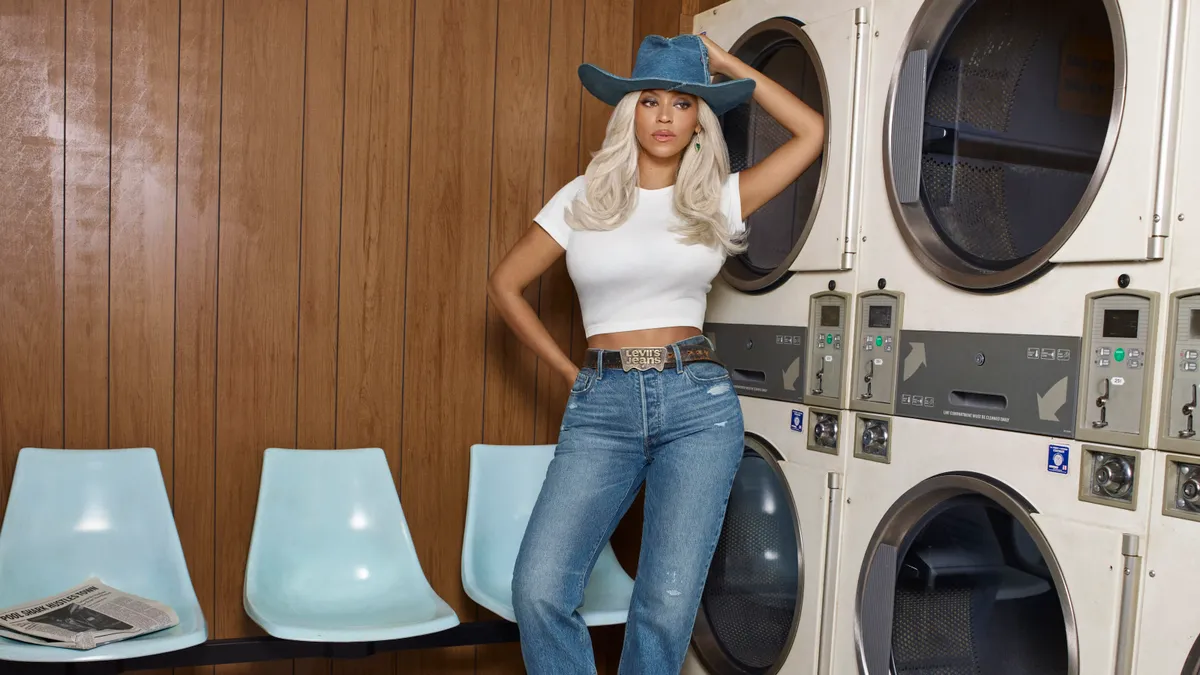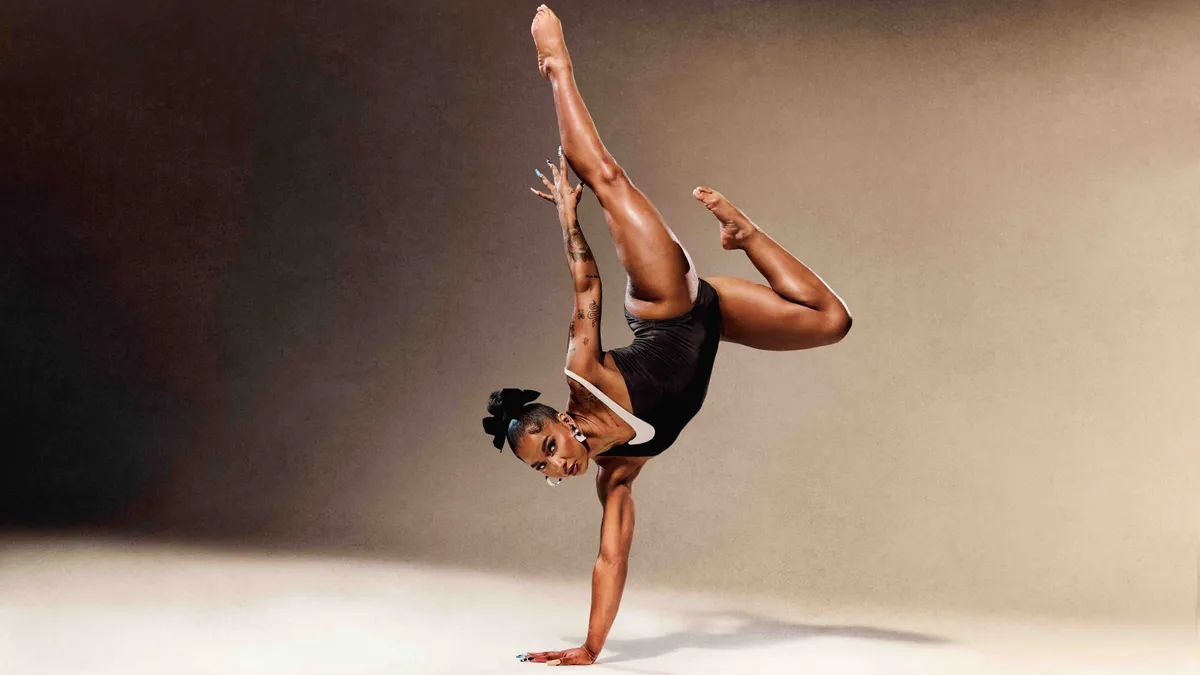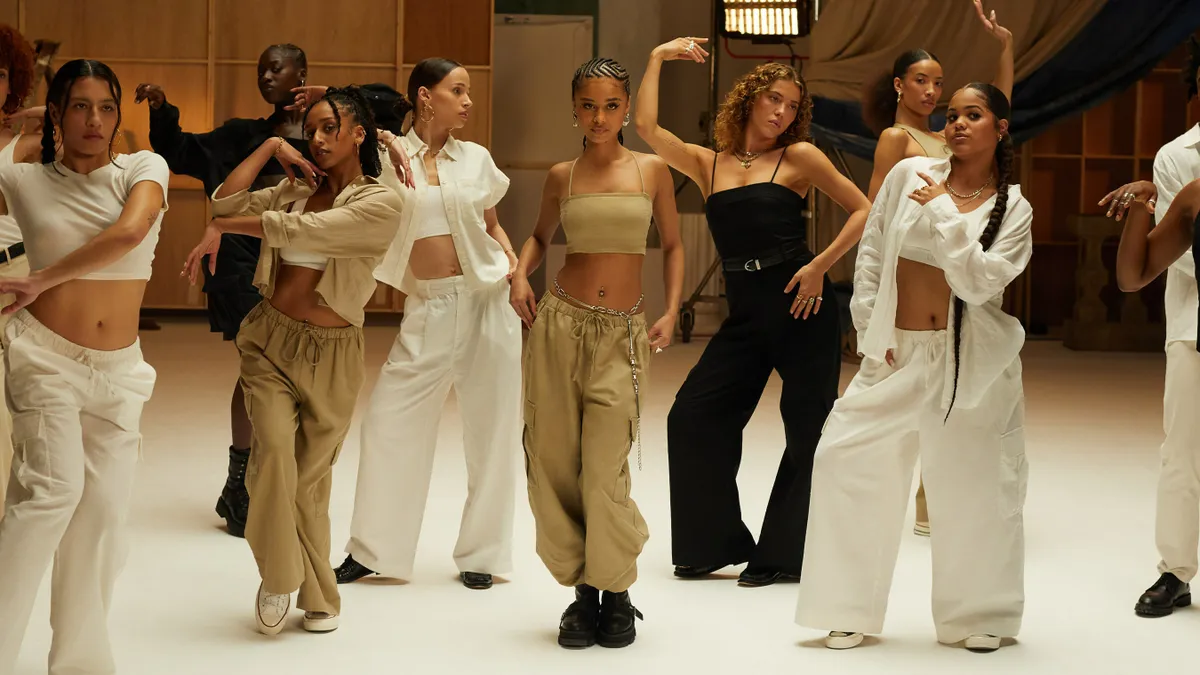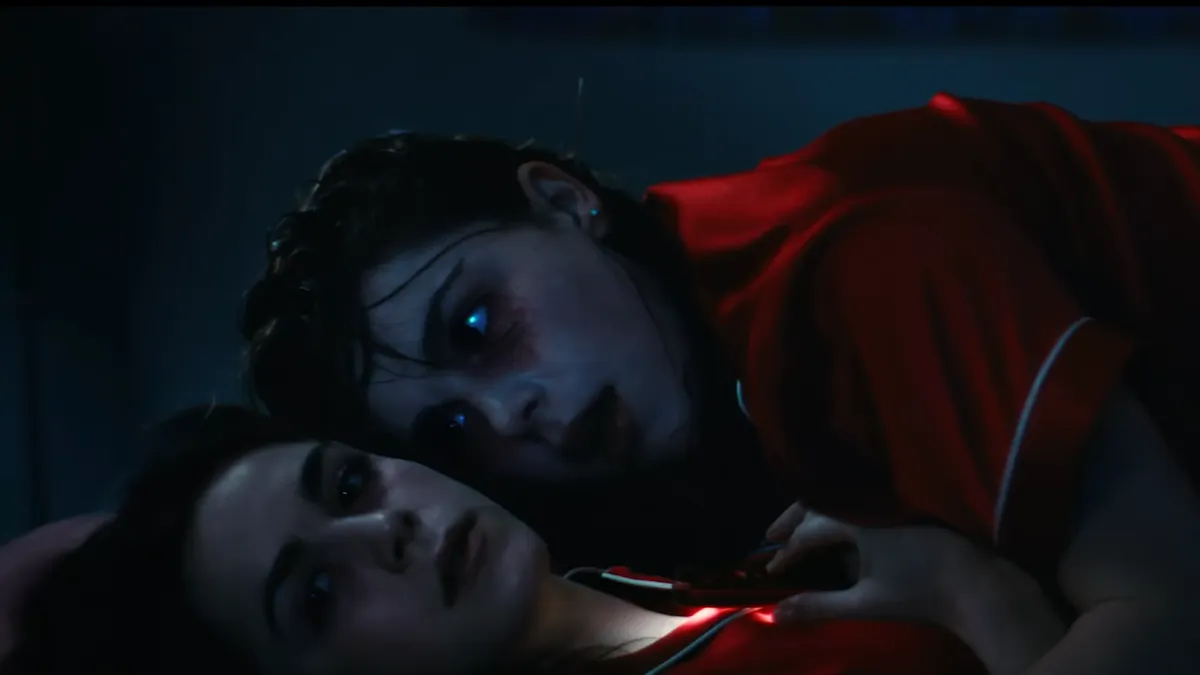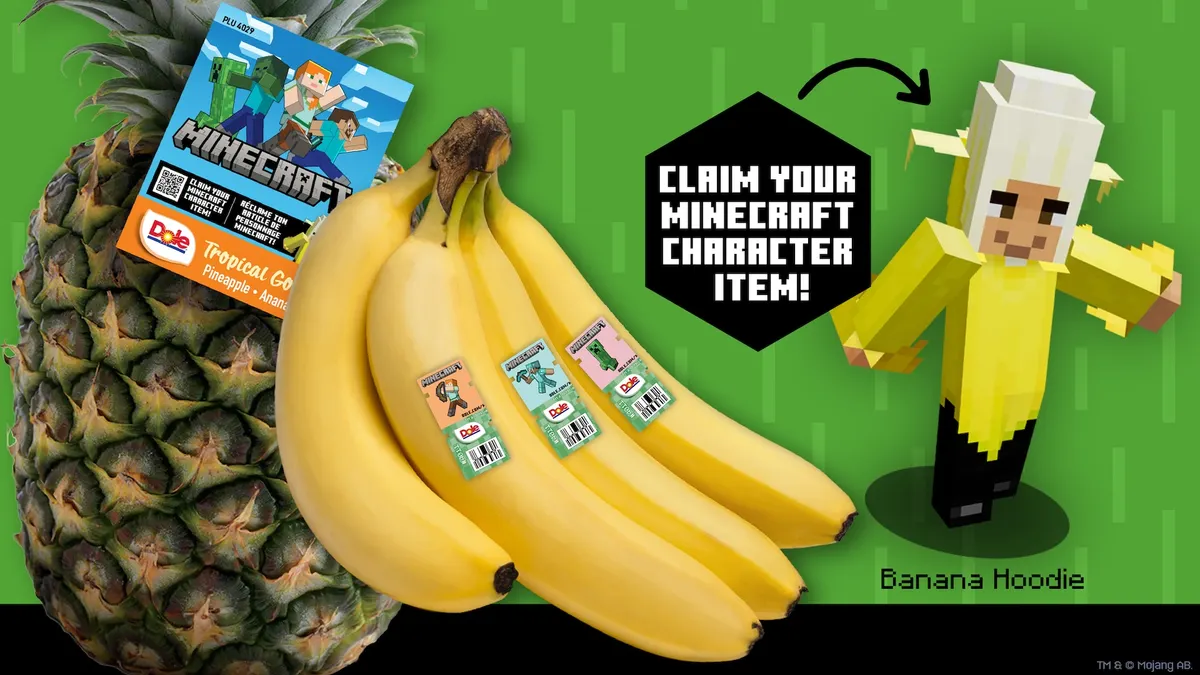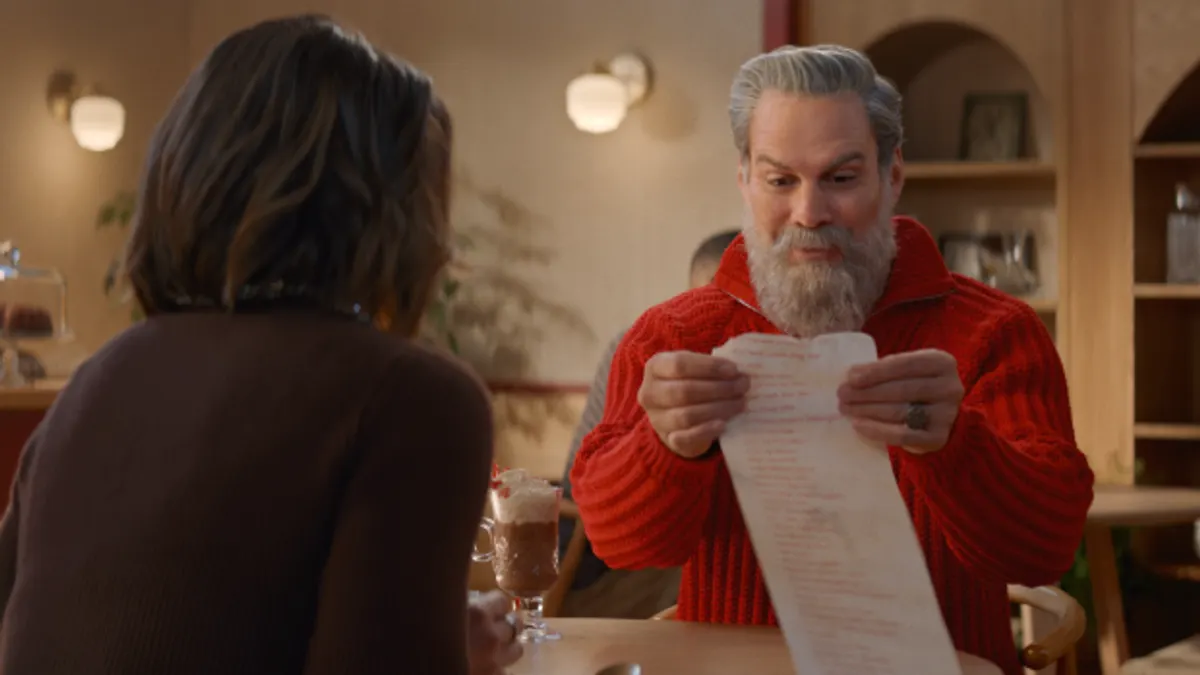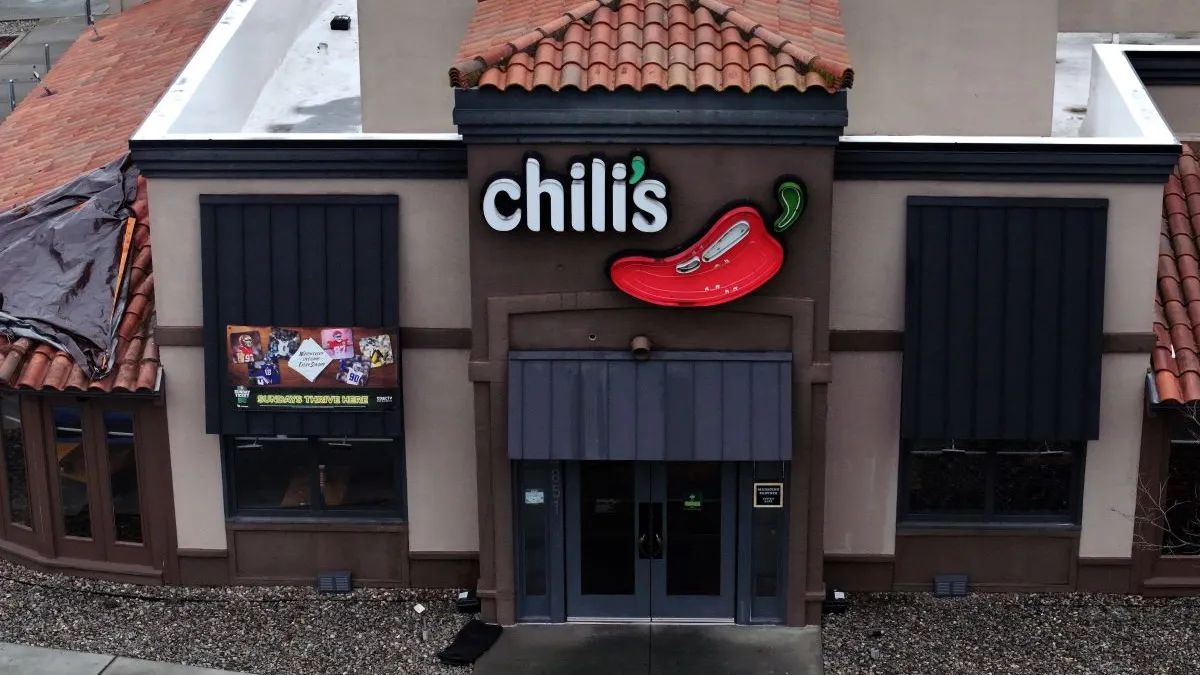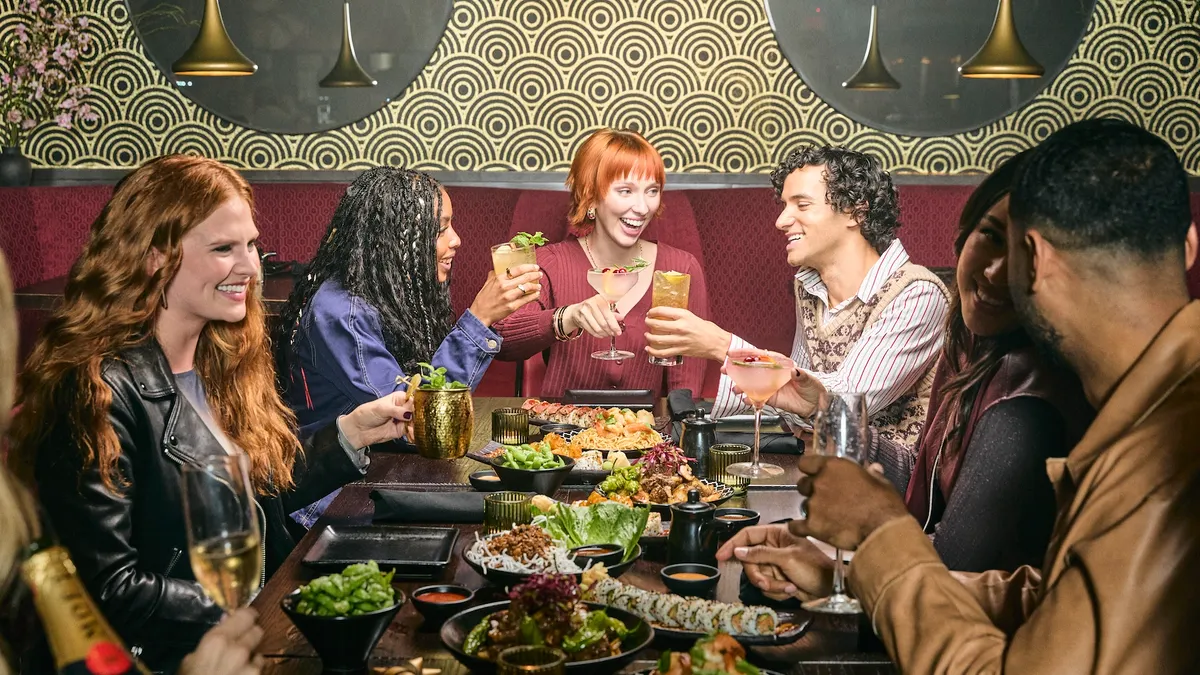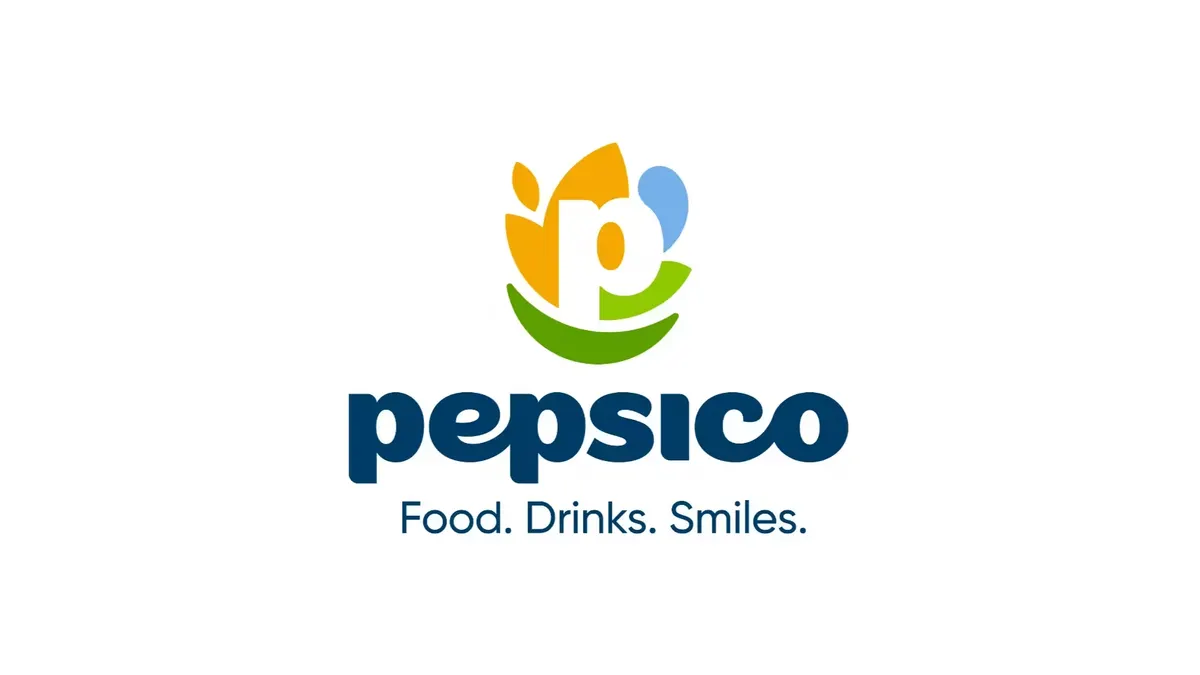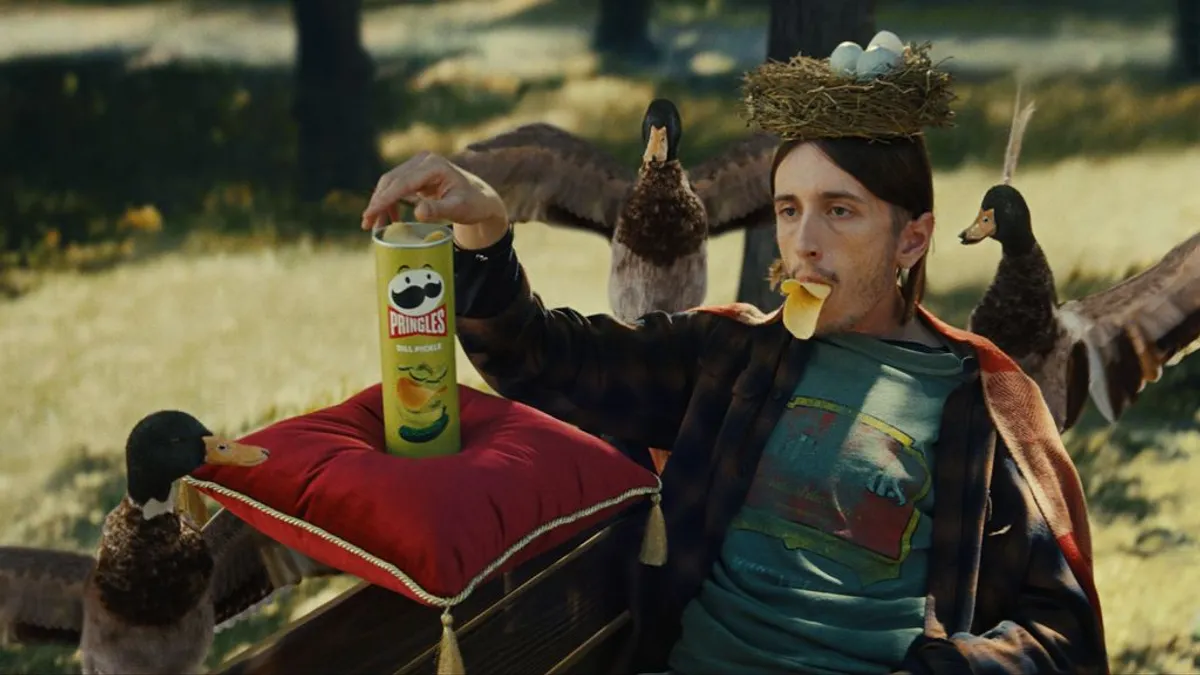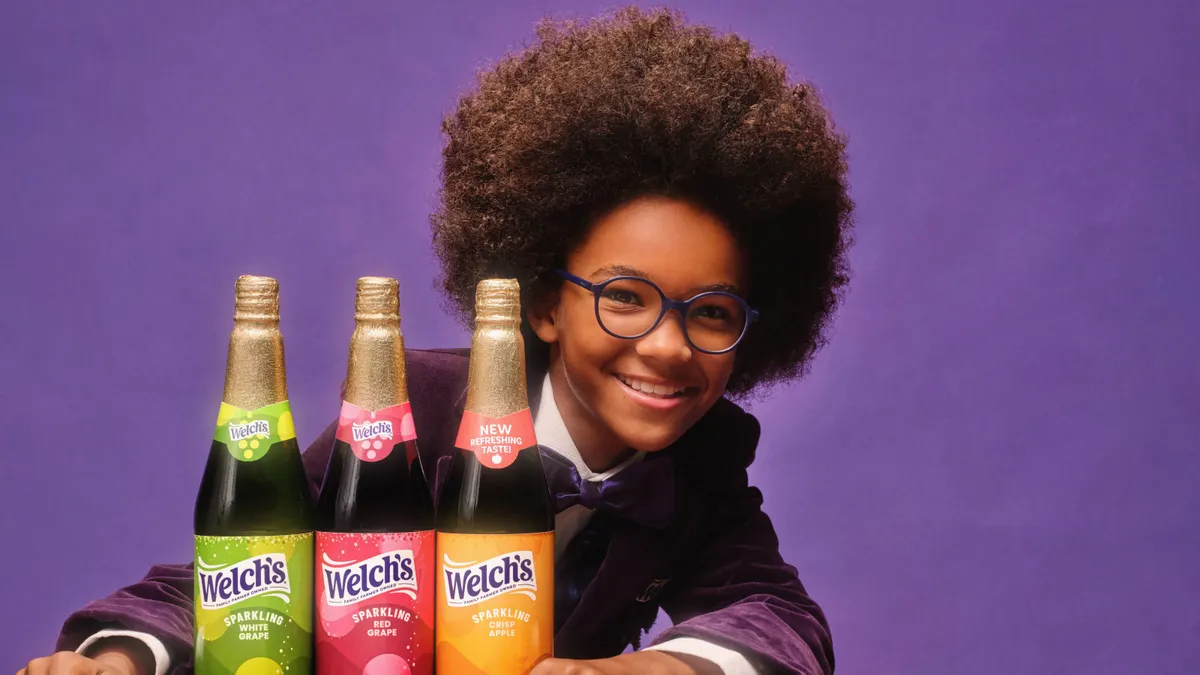First there was greenwashing and rainbow-washing; now there’s nostalgia-washing, which can be just as detrimental for brands.
The art of looking to the past to emotionally engage consumers in the present has been widely embraced in the last few years, first as a balm for pandemic-related consumer anxieties and then as a respite from global strife, ecological distress and political division that culminated in November’s presidential election. But as marketers have continued to rely on the tactic, 2024 has been awash with efforts that nodded to collective memories but failed to make a meaningful connection.
“[Nostalgia] is most interesting and effective, obviously, when it's tapping into something real and true about the brand and its history, not just latching on to a trend for the sake of it,” said Eric Tsytsylin, partner of brand strategy at Lippincott. “If you need to write an essay explaining the connection to your business and your brand, it's probably not a good sign.”
Navigating the cycle
Nostalgia has long been a powerful way for marketers to forge emotional connections with consumers. Just look to the first season finale of “Mad Men” (itself an exercise in nostalgia), in which Don Draper reached back to the pain of an old wound in a pitch for slide projectors. Or how ‘80s throwback “Stranger Things” kicked off a wave of nostalgic brand partnerships.
Last year may have represented a watermark high for nostalgia, from the craze around “Barbie” to the success of Grimace’s birthday celebration. While some of 2024's best efforts also used nostalgia, the past 12 months have also been flush with boy bands, flip phones and throwbacks to old campaigns and taglines. More often, it felt as if too many marketers were using the same brief, with only the savviest ones breaking through the noise.
Part of the problem is that, in the last few years, nostalgia marketing burned through a number of different decades instead of focusing on one, like how nostalgia for everything related to the 1980s seemed to dominate efforts around the turn of the current decade.
“We went through every single decade in two years, whereas before, it used to take a lot more time to go through all of those different cycles,” said Amber Ledrin, senior creative strategist at Buttermilk. “Now we're reaching a point of saturation, and everything is happening at the same time.”
Much of that everything-everywhere-all-at-once sensation is caused by the changing media landscape, social media and the proliferation of content. The compression means that brands need to be even more tuned into culture via social listening and mindful of avoiding the shiniest object on social media.
“It requires even more intentionality and prioritization, so you're not diluting the brand or spreading yourself too thin,” Tsytsylin said. “I bet in a couple of months calling something ‘demure’ will be seen as nostalgic.”
As with any cultural marketing, authenticity is the watchword, especially when marketing to Gen Z. To drive true emotional engagement with consumers, brands must use nostalgia in service of brand values and storytelling, not just as decoration, according to Manisha Mehta, senior PR and communications manager at digital asset management firm Bynder.
“Nostalgia works best when it’s data-driven and insight-led. Consumer sentiment analysis, for example, can provide rich insights into which eras or specific cultural references resonate most with target segments, allowing brands to personalise nostalgia in a way that feels relevant and meaningful,” Mehta said in emailed comments. “Ultimately, brands that approach nostalgia as a layer within an integrated storytelling strategy, rather than as the entire message, reinforce their brand story in a way that feels fresh, relatable and purpose-driven.”
In 2024, marketers including Heineken, Frito-Lay and USCellular ran campaigns centered around featureless flip phones — or “dumb phones” — that offered not just nostalgia for old technology but for a feeling of what those phones said about the state of human connection at the time.
“Nostalgia might be the creative way in, but it's actually tapping into a societal and a product truth … around unhappiness, loneliness and depression and being obsessed and addicted with our devices,” Tsytsylin said of the dumb phone campaigns. “There's this interesting overlap of positive, optimistic nostalgia with addressing real problems and issues of today.”
Playing inside baseball
Advertising nostalgia in 2024 wasn’t limited to culture touchstones of the past: Many brands looked back to their own campaigns and taglines for inspiration, as well. Sprite and Gatorade refreshed “Obey Your Thirst” and “Is It In You?,” respectively, updating iconic campaigns with modern ambassadors. Brisk brought back claymation ads, Doritos will once again crash the Super Bowl and McDonald’s — no stranger to brand nostalgia — nodded to past tie-ins.
“Sometimes those things are a little bit of inside baseball, but when there are multiple layers of meaning and authenticity, they can be really powerful,” Tsytsylin said.
Exhibit A in brand nostalgia was Beyoncé’s recent campaign with Levi’s that launched with a reworking of celebrated 1985 ad “Launderette.” The apparel company’s collaboration with the global star seemed destined ever since she included a song, “Levii’s Jeans,” on her country music-inspired album “Cowboy Carter” that debuted in March. But experts were mixed on their assessment of the use of nostalgia in the campaign.
“The recent Levi’s ‘Launderette’ campaign with Beyoncé was a great example of a brand leaning into their marketing archives and connecting nostalgia with both a product truth and a cultural moment,” said Tanner Graham, CEO of agency General Idea. “With the recent trends around cowboy and country-western culture, it was a great time to connect all of those dots.”
The dots were less clear for ad professionals — and probably consumers — who aren’t old enough to remember seeing the original ad, which featured a male model stripping to his underwear while waiting for his jeans to wash.
“When I first saw the Beyoncé collab with Levi’s, I was like, ‘Oh, that's great, because ‘Cowboy Carter,’” said Buttermilk’s Ledrin. “Never once in my head did I think about that ad that I've probably never seen before, so I don't think they nailed that nostalgia angle for other people than themselves.”
The ad was possibly more resonant with those that remembered the ad, like Geoff Edwards, managing director for creative at Gale and the 2024 President of Cannes Lions Entertainment Jury, who started working at agencies in the early 1990s. But nostalgia is in the eye of the beholder.
“Depending on the target audience, is it more for me to have a remix moment, or is it for a Gen Zer to see it and go, ‘Oh, I love it,’ and then have the extension of that experience?,” Edwards said.
Riding the wave without getting crushed
Effectively utilizing nostalgia requires an authentic brand connection and is best when it doesn’t seem as if brands are chasing marketing trends. Such me-too marketing was evident in the obsession with boy bands that kicked off last year and continued into 2024 as brands including Coke, Dunkin’ and Bumble Bee reunited members of and reworked songs by groups from the ‘90s and 2000s.
“Strategically, brands can avoid the ‘nostalgia wave’ by focusing on their unique brand voice and value proposition. An insights-led approach using predictive analytics can help forecast emerging nostalgia trends, allowing brands to stay ahead of competitors while maintaining relevance,” said Bynder’s Mehta in emailed comments.
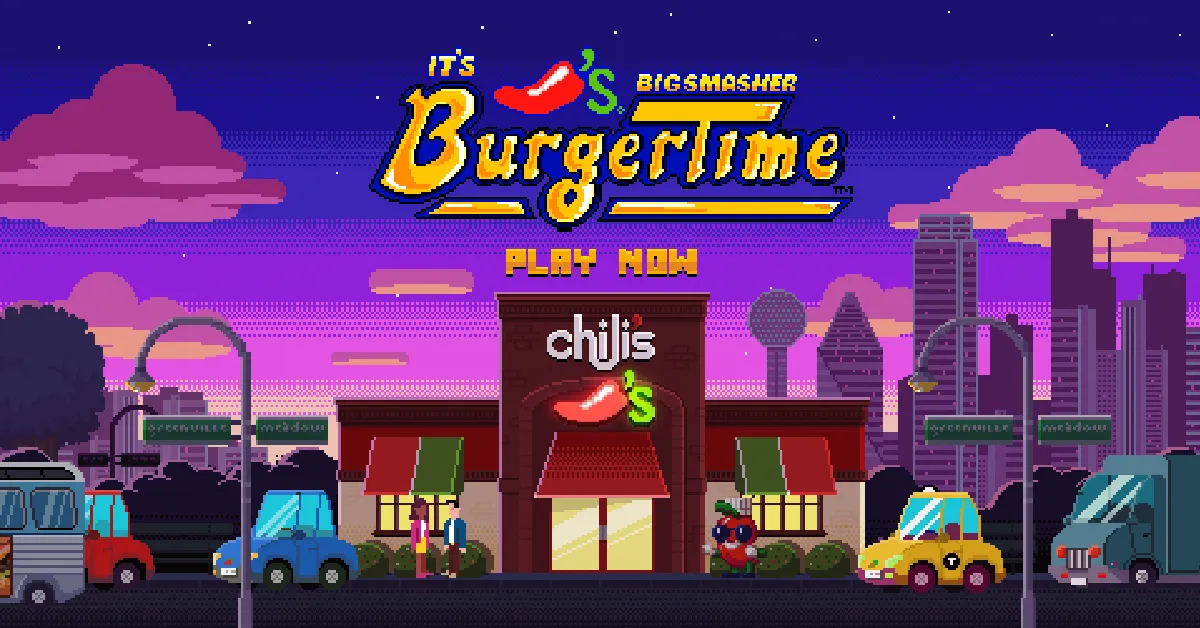
Even amid waves of nostalgia, brands have opportunities to differentiate by being hyper-specific around the cultural moments they’re revitalizing for new audiences. For example, instead of focusing on the 1980s in general, brands can target the subculture of arcade gaming from that decade, as was the case with Chili’s best-in-class BurgerTime campaign.
“Rather than broadly referencing a decade, brands should consider more niche, culturally rich elements that have significance for their audience,” Mehta said. “This level of specificity helps build brand affinity and positions the brand as an authentic voice within the nostalgia space.”
As with any marketing tactic, brands must use data-driven insights and be honest with themselves about their brand values and identity as they key in on authenticity, the intersections between audience and cultural moments, and what truly matters to customers.
“It might be tough to find alignment, and it is, and I think it should be,” said Lippincott’s Tsytsylin. “I think it should be really intentional and infrequent, but I think when you can hit all those intersection points is when nostalgia can be really powerful.”



